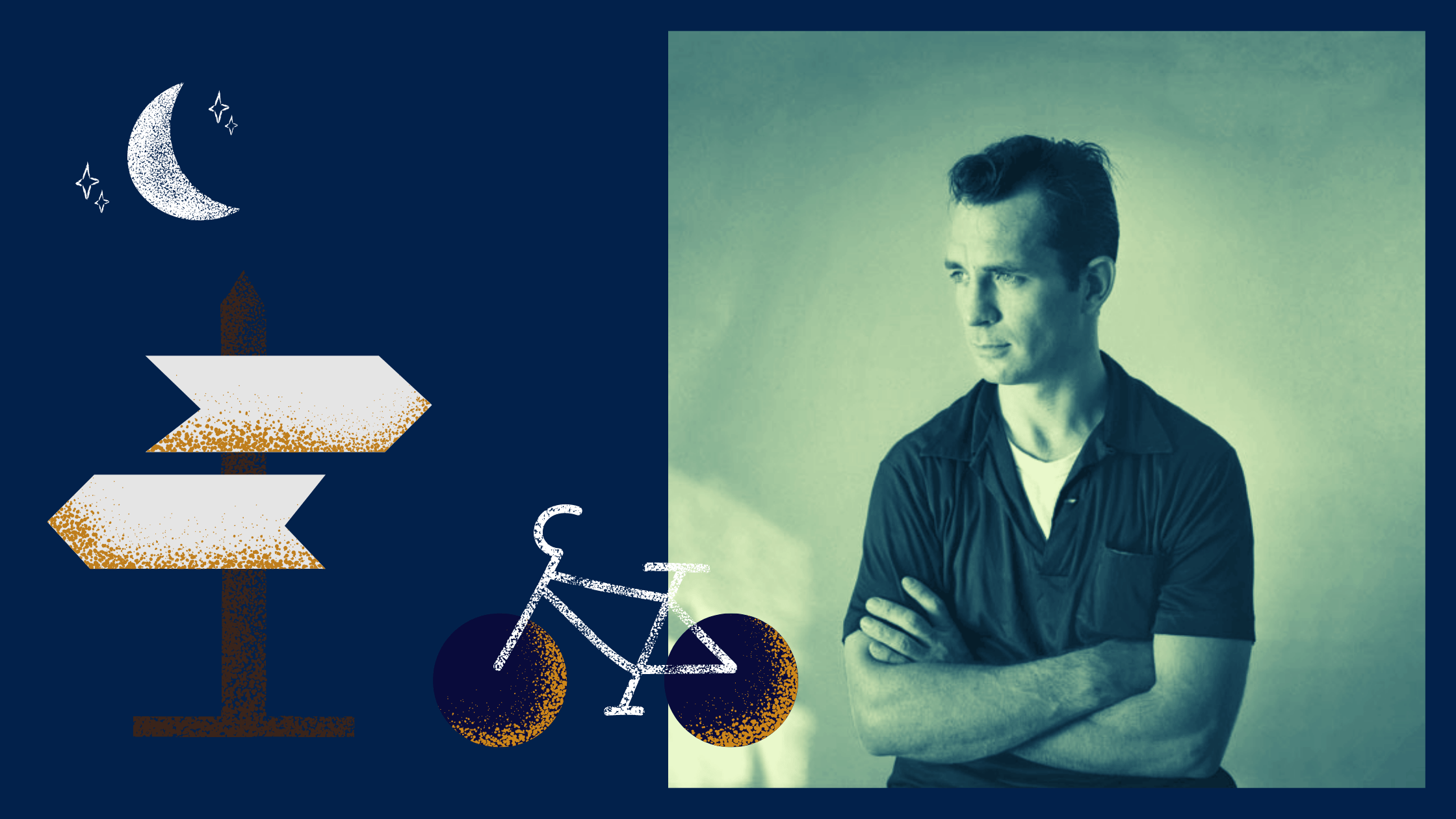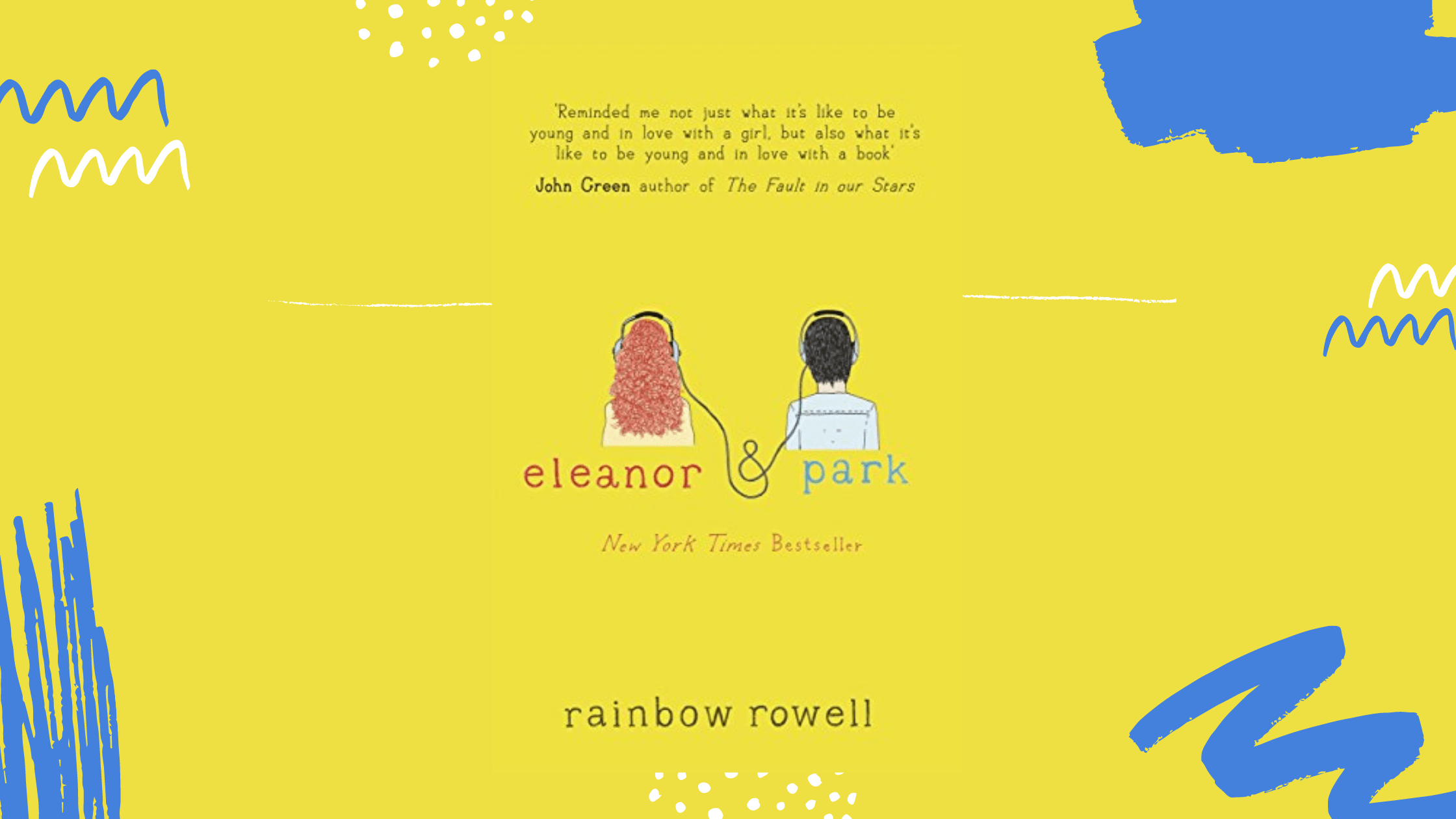
Source: Mothership
‘Let’s solve water’… Like it’s a problem to be solved, which it is. The brilliance of the copywriting simplicity can be witnessed during the currently underway, English Premier League (EPL). In the aftermath of COVID-19 and necessary health and safety precautions, the uncertainties of potential revenues and absent audiences has the Premier League grappling with reworking the broadcast environment. Additionally, with the recent moratorium on unbridled advertising by the EPL’s advisory group, league clubs and associate brands have been given food for advertising thought. In June 2020, the “Premier League’s broadcast enhancement advisory group capped advertising at 25% of the branding at each club’s ground, with 65% reserved for images of fans and 10% for the Premier League’s imagery and logos.” Even as the EPL’s “500 million pound (USD 665 million) deal with PPTV” has been terminated due to acrimony over Mesut Özil taking on China about its Uighur Muslim camps, the global movement against discrimination and racism is expanding its influence in the golden game of advertising.

Source: Project 11

Source: Deloitte & Bloomberg

Source: football.london
According to Deloitte’s Annual Review of Football Finance 2020’, “the Premier League continues to generate the highest revenues across the ‘big five’ of EUR 5.9 billion IN 2018-2019.” Considering COVID-19 has prompted the richest domestic soccer competition in the world to ask for “80% prepayment of broadcast rights fees,” the EPL revenue is likely to be hit further after losing access to China’s 1.4 billion market. In early 2020, CSM Live was commissioned to print ‘stadium wraps’ for the expectedly empty stands of the club stadiums. Based on the advertising guidelines issued by the Premier League, club designs began veering towards positive brand associations such as Manchester United Against Racism.

Source: Sky Sports
While the No Room for Racism campaign was launched by the English Premier League in March 2019, furthering the efforts of the Kick It Out initiative against discrimination; the EPL’s history with racism and discrimination continues with the recent racial abuse directed at Crystal Palace’s Wilfred Zaha by a 12-year old from Solihull.
Source: Twitter
In response to the offender’s arrest, Zaha tweeted, “People need to understand that whatever your age, that your behaviour and your words come with consequences and you cannot hide behind social media…It is important social media platforms do as they did yesterday and seek out these individuals and remove them… It isn’t enough to just say #notoracism. We need action, we need education, things need to change.”

Jake Dubbins 
Harriet Kingaby
According to Stop Funding Hate’s Alex Murray, “there’s the ability for football to come together to demand action. I think that the influence clubs have, as well as their massive spending power, means there’s a real opportunity to get behind a campaign like this and add to the impact it’s already having.” Even as campaigns such as Stop Funding Hate and ‘No Room for Racism’ promote initiatives against hate and discrimination, the Conscious Advertising Network is pressuring advertisers to be more conscious of branding associations. Launched in June 2019, the Conscious Advertising Network (CAN) was formed by co-founders Jake Dubbins and Harriet Kingaby as a response to media industry reports such as by The Times which demonstrated that big brands were inadvertently advertising next to content by extremists, pornographers, and white supremacists.’ According to Kingaby, “CAN feels strongly that all parts of the industry – brands, agencies, media owners, ad tech, regulators and civil society – should come together to fix the significant problems in the system… and now has over 70 members who are committed to ensuring industry ethics keeps pace with the technology of modern advertising.”
As the golden game of EPL advertising undergoes a makeover, one of the most loved and profitable exercises in global sporting collaboration will have to keep up with a more socially-conscious audience in its brand imagery as television/digital audiences worldwide stare at their screens for their favourite team’s next goal-making move.
Like what you just read? Become TheSeer Insider. You will be receiving one letter from us every Friday to help you spend a more mindful day and make the best of your weekend. Enter your email id below and click on subscribe. We won’t spam you, ever!
























